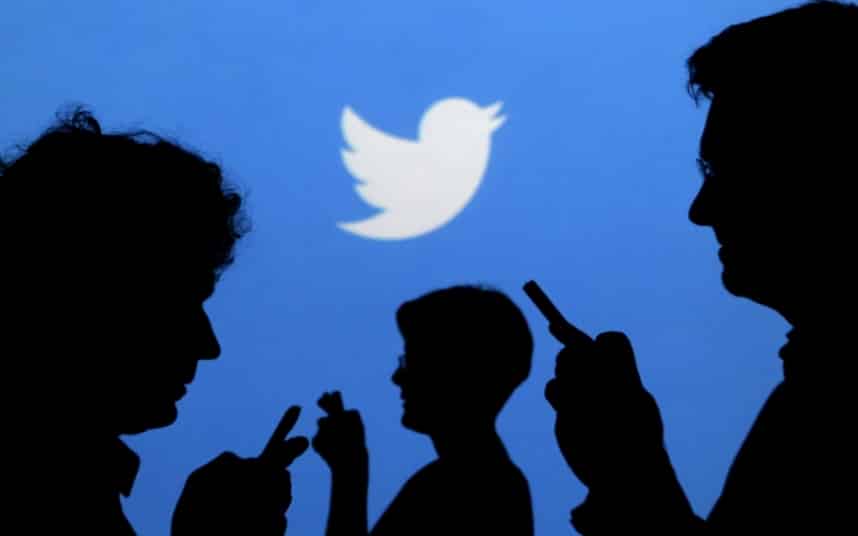Looking Towards the Future of Twitter
What exactly is in store for the future of Twitter? With a lot of changes, there are a lot of possibilities.
Twitter has been put under the miscroscope since they released some troubling numbers back in February. Sure, revenue and profits were up, but user growth had stagnated. (Not decreased, but not grown, either.) This led many to start questioning whether or not Twitter has a future as an independent, public company, or if a takeover is inevitable.
Since then, some significant changes have been made with regards to the structure and functionality of Twitter. A lot of these changes, one in particular, impacts how brands and businesses (small ones especially) can benefit from the use of the network.

Algorithmic Updates
Many brands have been enjoying significant organic reach and engagement for a very long time. Now, similar to what Facebook did, Twitter has changed its free-for-all structure (where everything you see in your timeline is ordered chronologically) and implemented an algorithmic structure whereby the order of your tweets runs according to their relevance and popularity.
This is great news for brands with a highly engaged audience – your content will be shown more often. This isn’t such great news for brands and individuals currently in the process of trying to build an audience. That just became significantly more difficult.
Slowly but surely, social networks are moving towards the pay-to-play model (as Facebook has and as Instagram is beginning to do). What does this mean? It means that in order to see your content reach more people and generate the engagement (and clicks) you’re hoping to receive, you’ll need to be willing to make an investment in advertising. This won’t necessarily be true to all brands, but it will be a universal law for the little guys trying to get content and accounts to appear to targeted networks.
How Algorithms Impact Twitter
As far as how these new algorithmic ordering updates will impact the future of Twitter, there is both a positive angle and a negative angle. On the negative side, users are not particularly pleased. That’s a pretty obvious one because they can read between the lines; they now know that an algorithm like this one means a lot less organic reach and a greater need to invest in advertising. For businesses, when something goes from free to paid, there’s a lot of tension.
On the positive side, brands and individuals are now much more willing to pay for these kinds of services. There are now over three million advertisers on Facebook. That’s not a huge number when compared to the total number of users, but it’s significantly higher than the number of Twitter advertisers. A move like this all but guarantees that Twitter will start to acquire new advertisers. But the thing they will need to keep in mind has a lot more to do with whether or not this comes at the right time.
When growth has stalled, you ask yourself whether or not you’ve reached the critical mass necessary to stay relevant for an extended period of time, and the answer to that question determines how viable a point it is to be making these changes.
Based on a recent interview with Twitter CEO Jack Dorsey, he doesn’t see Twitter going anywhere.
Twitter’s Plans
It’s all about ‘live’.
We’ve seen several instances where Twitter reported more accurate news on current events faster than most mainstream news sources. That combined with products like Periscope makes it a real contender for top dog in the live events and streaming business (if you don’t already consider it to be in that position).
According to Jack Dorsey, “Twitter has this amazing ability to make the world feel a whole lot smaller, even though you’re not physically next to someone, and you’re actually experiencing the same thing, even though you’re not aligned. It feels like true, true connection.” That connection is something Twitter is looking to make the most of moving forward, and the focus seems to be largely on improving the experience of the users that are already there rather than focusing solely on user acquisition.
Whether or not this plan works remains to be seen, but optimism and an apparent road map are good signs.



